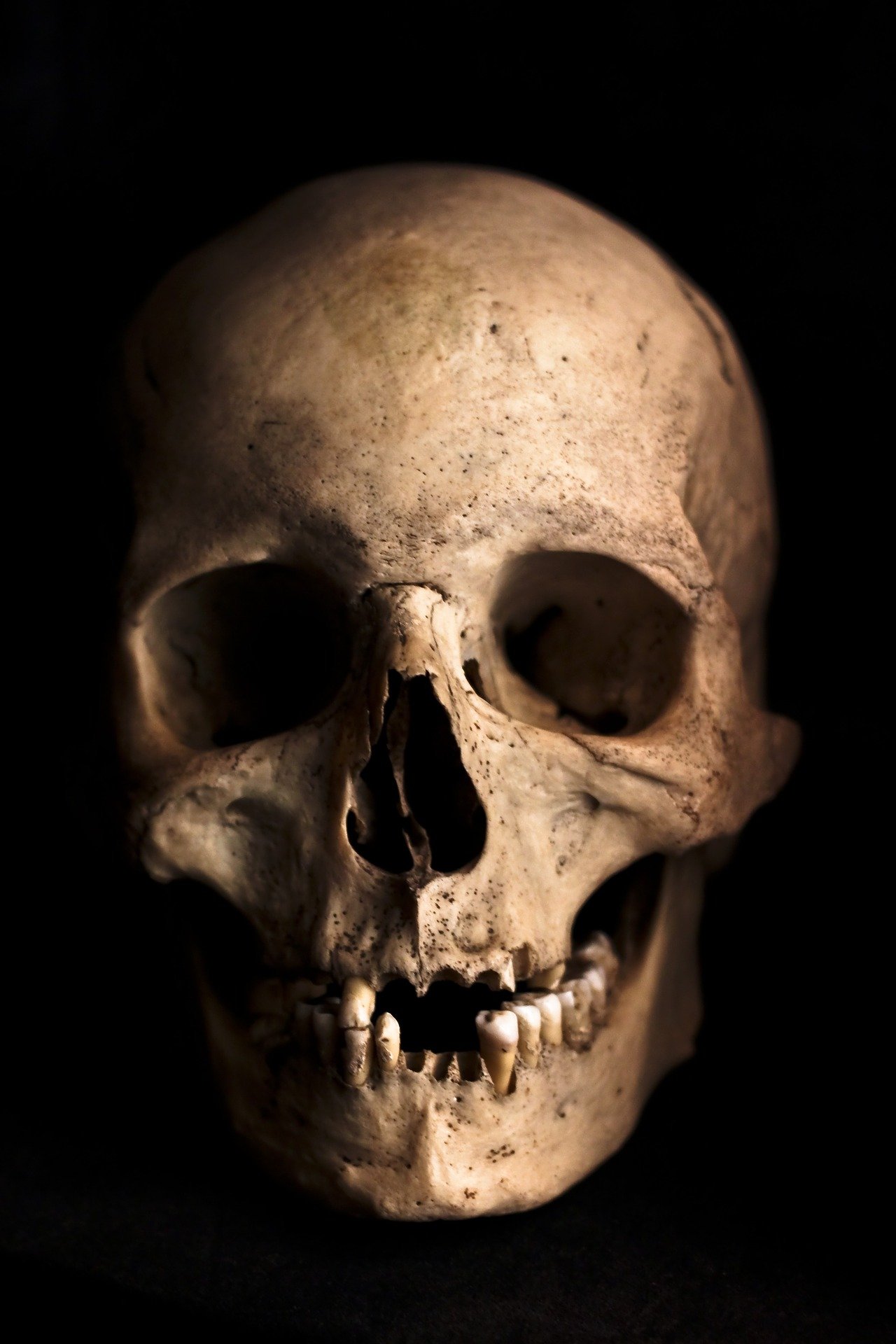Ancient Skull Unearthed – Is the ‘Dragon Man’ a New Species?

George Edwards discusses how the recent discovery of a human-like skull could affect our perception of the human family tree.
In 1933, a Chinese construction worker unearthed a hominin skull while working along the Long Jiang (Dragon River) in Harbin, Heilongjiang province, China. Believing it to be of cultural importance, he hid it from the occupying Japanese forces, leaving it for 80 years at the bottom of his family’s well. After his death, his family turned the skull over to scientists in China, who upon publishing an article in the paper ‘The Innovation’ in June 2021, declared the skull to be of a 50 year old man who lived around 146,000 – 296,000 years ago. Furthermore the scientists declared it to be of an undiscovered species they named Homo longi, after the Chinese word ‘long’ for dragon.
Skull to be of a 50 year old man who lived around 146,000 – 296,000 years ago
Xijun Ni of the Chinese Academy of Sciences, a member of the team that studied the fossil, explained “It is one of the most complete crania I have ever seen.” The skull itself is larger than those of other hominin species, though it suggests the brain was around the same size as ours or the Neanderthal’s. With large eye sockets, a wide mouth and oversized teeth, the researchers believe it to be a new species. If this is the case, Homo longi is more closely related to us than Homo neanderthalensis (the Neanderthal) is.
If this is the case, Homo longi is more closely related to us than Homo neanderthalensis is.
But not all scientists agree. Some have argued that due to its close resemblance to our skulls that it may be a Homo sapiens, albeit one that began to adapt to it’s East-Asian habitat. Others argue that it is a member of the Denisovans, a species that lived in Asia around the same time as Neanderthals and us. Then again, it could be a hybrid of the two, as Denisovans and Sapiens are known to have mated (in fact many South-Eastern Asians have Denisovan DNA in their genomes, just as most Europeans have Neanderthal DNA). Some scientists agree it is a new species, though disagree on its location in the hominin family tree, arguing it formed a new branch earlier than is currently understood. The only way for us to know more is to either discover more Dragon Man fossils or carry out DNA analysis, both of which require destroying parts of these rare fossils.
Either way, new species or not, the discovery has certainly upturned our understanding of the human evolutionary timeline. This was muddied further after another discovery, this time of an unknown Neanderthal ancestor in the Levant, believed to be one of the last individuals of an ancient species that lived around 130,000 years ago.
The research on these discoveries, especially the Dragon Man, may fundamentally change our understanding of paleoanthropology and human evolution, possibly adding new species to the already large list including those mentioned above and others such as Homo floriensis (the ‘hobbits’) and Homo erectus.


